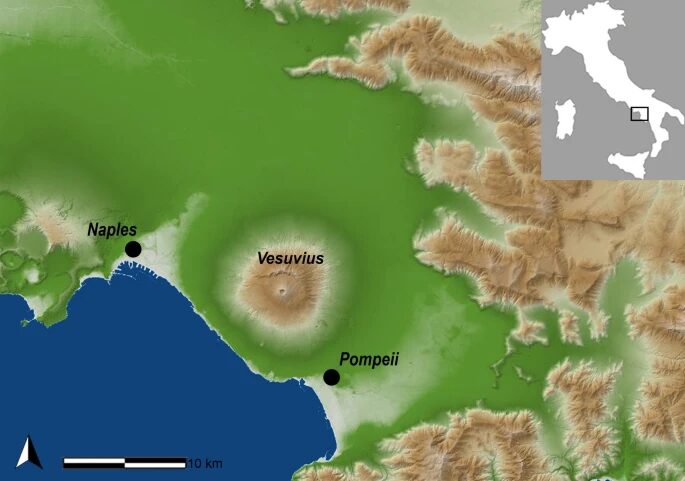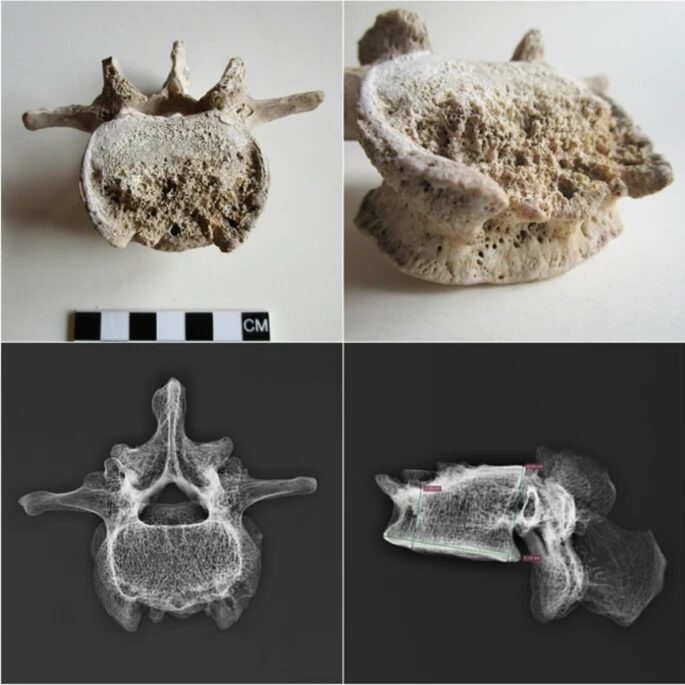
Gabriele Scorrano and colleagues examined the remains of two individuals who were found in the House of the Craftsman in Pompeii and extracted their DNA. The shape, structure, and length of the skeletons indicated that one set of remains belonged to a male who was aged between 35 and 40 years at the time of his death, while the other set of remains belonged to a female aged over 50 years old. Although the authors were able to extract and sequence ancient DNA from both individuals, they were only able to sequence the entire genome from the male's remains due to gaps in the sequences obtained from the female's remains.
Comparisons of the male individual's DNA with DNA obtained from 1,030 other ancient and 471 modern western Eurasian individuals suggested that his DNA shared the most similarities with modern central Italians and other individuals who lived in Italy during the Roman Imperial age. However, analyses of the male individual's mitochondrial and Y chromosome DNA also identified groups of genes that are commonly found in those from the island of Sardinia, but not among other individuals who lived in Italy during the Roman Imperial age. This suggests that there may have been high levels of genetic diversity across the Italian Peninsula during this time.

The authors speculate that it may have been possible to successfully recover ancient DNA from the male individual's remains as pyroclastic materials released during the eruption may have provided protection from DNA-degrading environmental factors, such as atmospheric oxygen. The findings demonstrate the possibility to retrieve ancient DNA from Pompeiian human remains and provide further insight into the genetic history and lives of this population, they add.
Article details
Bioarchaeological and palaeogenomic portrait of two Pompeians that died during the eruption of Vesuvius in 79 AD
DOI: 10.1038/s41598-022-10899-1



Reader Comments